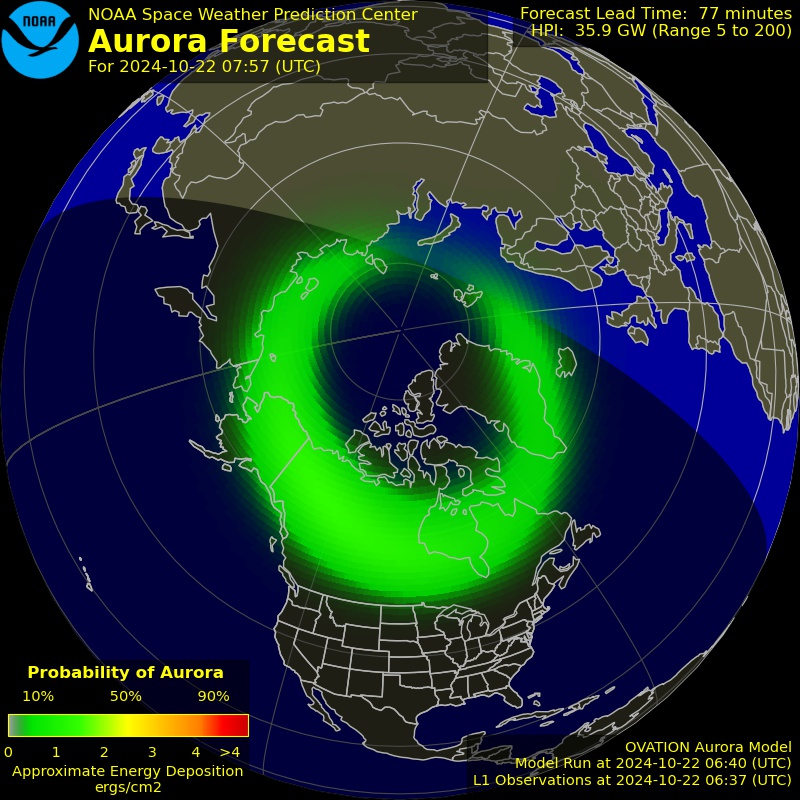
A telecommunications repeater is a device that receives a signal and retransmits it. Sometimes it is referred to as "remote re-broadcast" but in amateur radio we would not use that term as it is prohibited to "broadcast". Broadcast radio is commercial radio where programming including music is broadcast. That sort of transmission is forbidden in the amateur radio service. As shown in the diagram, the purpose of a repeater is to extend the range of one's radio by relaying the signal through a repeater that is more powerful, located higher up and thereby allowing greater coverage and even the overcoming of obstacles. A repeater need not be based on land - it could be on board a satellite orbiting the Earth. See the article on amateur radio satellites.
There are regulatory requirements in Canada relating to the operation of repeaters. The Yellowknife Amateur Radio Society operates repeaters but a licence holder still has to be responsible for the repeater operations. That licence holder must have the Advanced Amateur Qualification. For YARS that is Chris Cameron . Repeaters have their own technical challenges to confront but they are useful and can be linked to the IRLP system (the VE8YK repeater is so linked), to other repeaters (VE8YK and VE8RAE are linked) and even to the telephone system through what is called an auto or phone patch. In the days before the widespread use of mobile phones, amateur radio operators could initiate a phone patch from their automobiles.

The Yellowknife Amateur Radio Society runs two VHF repeaters in the Northwest Territories:
- VE8YK/R (146.940 MHz with -600 kHz offset with a 100 Hz sub-audible tone) based in Yellowknife; and
- VE8RAE/R (145.150 MHz with -600 kHz offset) based in Behchokho (formerly Rae).

Each repeater enables amateur radio duplex communications (or more properly half duplex communications or HDX). This enables an amateur with a low power handheld (which is cheap) to communicate via the repeater with stations that are out of range of the handheld radio but not the repeater.
Each repeater is located in these communities and has a power output of about 50 Watts. The repeaters have emergency power. The Society is greatly indebted to the Northwest Territories Power Corporation for providing space for the repeaters and room on their tower for our antennas.
The repeaters are linked at times and provide coverage from about Tibbet Lake to half way to Fort Providence and out to the Inner Whaleback Island group in Great Slave Lake. All licensed amateur radio operators are permitted to use these repeaters, including ones visiting. The repeaters are open for use.

The Society has an experimental repeater in operation using a YAESU Fusion Repeater. It is in analogue mode but we would like to experiment with its digital modes. It operates at receive 444.000 MHz and transmit at 449.000 MHz.
- https://www.repeaterbook.com/repeaters/Display_SS.php?state_id=ca01&band=14&loc=%&call=%&use=% [VE8PR, VE8EMG and VE8ECC are private repeaters and not affiliated with the Yellowknife Amateur Radio Society]
- http://www.bcfmca.bc.ca/repeater.php


